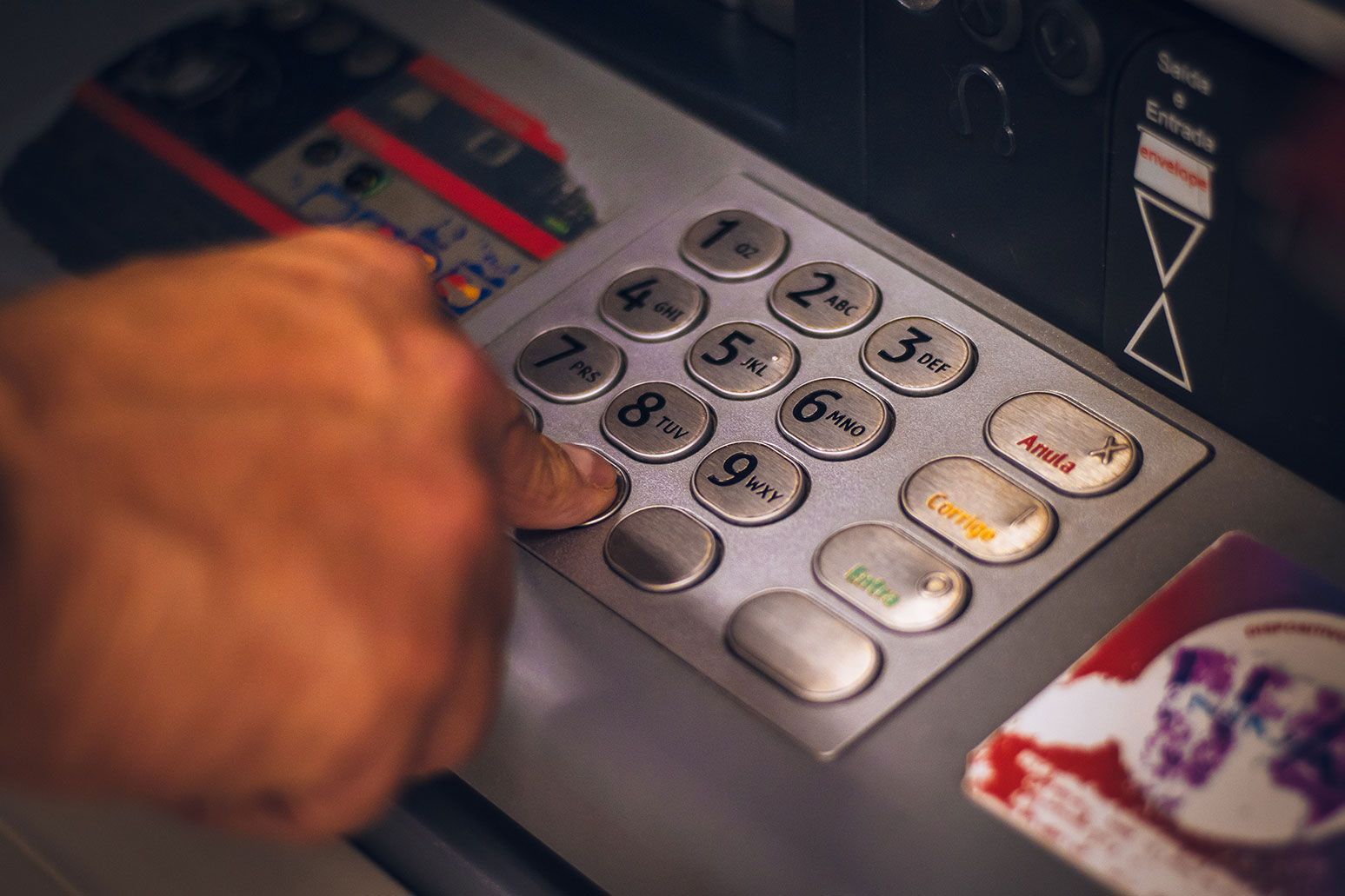When you think about setting realistic personal finance goals, it’s natural to feel a sense of dread. If you are constantly stressed about money, personal finance articles can be overwhelming. It’s easy to talk about budgeting when you have enough to pay all the bills. But it’s a more significant challenge when you run out of cash before the end of the month.
You’ve probably read more than your share of articles about financial goals. But this one is a little different. We aren’t going to talk about how you can contribute more to your IRA or invest in your kid’s college education. Instead, we’ll help you form a realistic plan to improve your financial situation right away.
1. Get Specific About Your “Whys”
When you consider setting some financial goals, think about why you want to do it. We all want to be financially independent and to have more money. These are not goals. They are dreams. Goals should be actionable and should come about due to something you genuinely feel. The need to answer the question, “why.” Why do you want to take action?
Instead of just saying, “I don’t want to be broke all the time, think about what it is you do want. Be as detailed and descriptive as you wish. Examples include:
I want to save $1000 to get my 2000 JEEP Cherokee back on the road.
Why? Because taking the bus to work every day is an inconvenient hassle that I hate.
I want to save more on the electric bill.
Why? Because last month, the bill was too high and a challenge to pay.
I want to work a side hustle and use the extra funds toward paying off credit card debt.
Why? Because these credit card bills are causing me too much stress and anxiety.
I want to save enough money to get new eyeglasses.
Why? Because I am tired of squinting in order to read.
I want to make enough extra cash to get some new jeans.
Why? Because I’ve lost weight and want to feel good about how my clothes fit.
2. Track Your Spending for a Set Amount of Time
Before you can build a budget or set personal financial goals, you have to know what you’re working with. And the only way to do that is to start tracking it. Some people like to take a whole year of income and expenses, but four or five weeks will be enough to see what’s going on if you live month-to-month.
There’s no need to make it complicated with software or spreadsheets. Simply get a notebook and a pen and draw three lines down the middle of the paper. Now you’ll have four columns. Label them with the date, income, expenses, and description.
Here’s an example:
| Date | Income | Expense | Description |
| 04/01/22 | $50 | $50 from paid online surveys | |
| 04/01/22 | $4 | Starbucks Coffee | |
| 04/03/22 | $7 | Laundry Detergent | |
| 04/03/22 | $30 | Haircut | |
| 04/04/22 | $650 | Paycheck |
You’ll want to keep track of every single purchase you make. Most people are surprised to discover how much they spend each month on incidentals like those listed in the table above. By keeping a list like this, you’ll spot your spending trends and find ways to save (and make) more money the following month.
3. Make Some Changes
After you’ve tracked your spending for the month, you can look at where you stand and how you can make some changes.
On the expenses side, you could consider:
- Skipping the Starbucks coffee and making one at home.
- Look for a cheaper laundry detergent or purchase it with coupons.
- Go another month between haircuts, or find a salon that does it cheaper.
On the income side, you could increase the money you earn each month:
- Ask your boss for a raise
- Do paid surveys for Paypal
- Pick up a weekend side hustle to bring in more money
Only you know what you are willing to cut down on and what you are unwilling to compromise with. And any extra money you can earn will depend on your individual situation. However, the exercise in tracking your income and making some changes can be very fruitful.
4. Create a Budget
This next step is the one most people dread, but you shouldn’t be afraid of it. Just do it. Create a budget. There are a hundred different ways to start budgeting, and the best way is what’s going to work for you and your family. You can use the envelope system, a budgeting app, or keep using the pen and paper method. The important thing is that you do it and then stick to your budget as closely as possible.
5. Create an Emergency Savings
Things are going to happen.
- The car needs to be towed.
- The dog needs to go to the vet.
- You chip a tooth.
- The baby needs medicine.
Even minor emergencies like these set you back months and make you feel like your financial situation is hopeless.
An emergency fund is not just something to consider when you are financially secure. In fact, it’s even more critical when you’re living from one paycheck to the next.
So put a set amount of cash in reserve each week and don’t touch it unless there is an emergency. Then, do it consistently, whether you can put in $10 a month or $50 a month. The extra is going to come in handy when the unexpected happens.
6. Set a Few Long-term Goals Too
The examples above are relatively short-term financial goals. That’s because they are realistic and doable. And that’s what you need. It’s too difficult to think ten years down the road when you can barely keep your lights on each month.
But long-term goals are important too. Make them specific and straightforward. Saying “I want to save enough money to buy a house” is great. But not when you can’t even save enough money to buy a new toaster.
Instead of a pie-in-the-sky dream goal, say something like:
“I want to save $5 a week for one year on a down-payment for a house.”
Then, do what you set out to do. Open a savings account and deposit exactly $5 a week into it. When the year is up, set a new goal. Maybe you can afford to save $10, $20, or more the following year.
The important thing is following through with the one realistic goal you set for yourself. That way, you can be proud of your accomplishment. So even if you didn’t save huge amounts of cash, you still took action toward a long-range goal every week.
7. Reward Yourself
Goal-setting and being consistent with your financial goes can feel like drudgery. So don’t forget to enjoy your life as you go along. When you’ve tackled tasks like tracking your expenses or stashing money away for emergencies, you deserve to do something nice for yourself.
Don’t splurge on things you don’t need and undo all your hard work. Instead, do something simple like give yourself a manicure, take a picnic lunch to the park, or relax and read a book. Look in your area for free and fun things to do. Then, once you’ve reached some of the goals above, you can start over and set some even loftier plans for the future.












